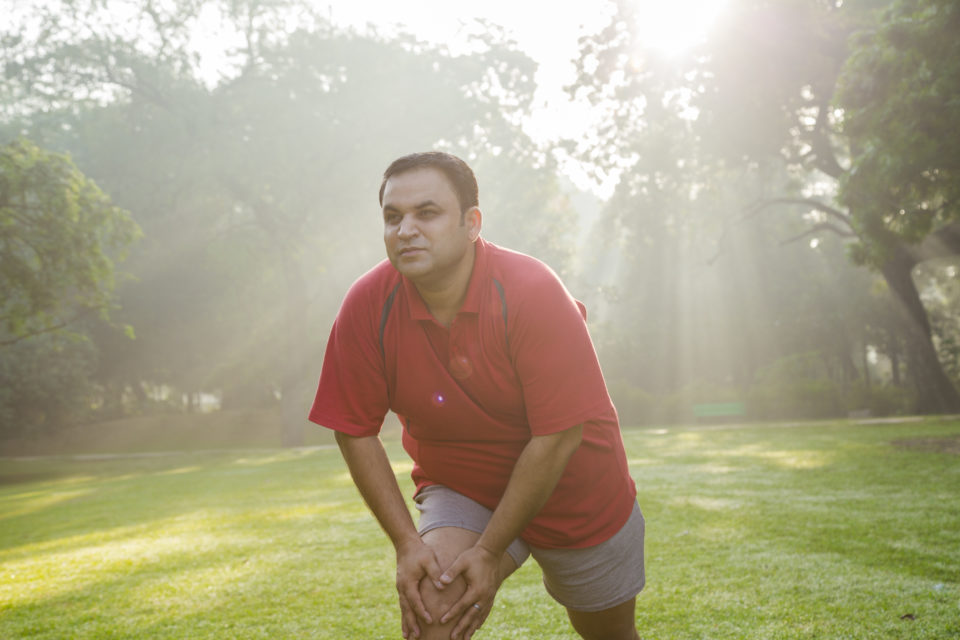
A new study published online in BMC Musculoskeletal Disorders compared expression of pain in patients with osteoarthritis (OA) of the hip or knee scheduled for joint arthroplasty based on age and sex.
“In this study, we investigate whether younger age is associated with different pain expression among adults with knee or hip OA scheduled for joint arthroplasty. To our knowledge, this question has not previously been studied,” the study authors wrote. “To investigate pain expression in-depth, complementary questionnaires including several aspects of pain may be useful, as pain is multifaceted and also the major indication for surgery.” They predicted that pain would be expressed differently between younger mature adults with knee or hip OA and older adults, and between women and men.
The study, cross-sectional in design, included 108 patients scheduled to undergo joint arthroplasty. All patients completed the Knee Injury and Osteoarthritis Outcome Score (KOOS) or Hip Disability and Osteoarthritis Outcome Score (HOOS) and a health-related quality of life question. The visual analog scale (VAS), KOOS/HOOS, and the Pain-o-Meter (POM) including 12 sensory and 11 affective words (POM-Words) were used to assess pain. Preoperative radiographs and frequency of analgesics use were also considered. Analysis of variance was used to compare pain expression differences between age (< 65 years vs. ≥ 65 years), sex, and affected joint groups.
Pain Reported Differently by Sex, Age
Younger patients had less radiographically advanced OA than the older cohort, but they used more affective words (POM) and words with higher affective intensity (median scores: < 65 years, 8 [3–39] vs. ≥ 65 years, 5.5 [2–27]), and they reported more symptoms per KOOS/HOOS. VAS and KOOS/HOOS pain outcomes did not significantly differ between the age groups. The use of analgesics was higher among women (45.7%) compared to men (26.5%), and women also rated their pain higher (mean POM-VAS: women, 42 [SD 24] vs. men, 31 [SD 19]). There were no between-group differences in sensory or affective POM-Words, or radiographic OA grade.
“With sex and joint involved as independent factors, no differences remained between younger and older patients with respect to KOOS/HOOS symptoms subscale, number of affective words, intensity scores for POM sensory or affective words,” the authors reported. “Patients with knee OA reported significantly higher intensity scores for sensory words used than those with hip OA (p = 0.015) and had worse KOOS/HOOS ADL subscale scores (p = 0.037) with sex and age group as independent factors.”
The authors wrote in their conclusion, “Younger patients had significantly less radiographic OA severity but had more joint symptoms than the older patients, and reported greater affective pain expression, suggesting their symptoms had greater emotional impact. Future research should focus on the emotional aspect of pain and its relation to depression/anxiety, joint-related function and postoperative results.”


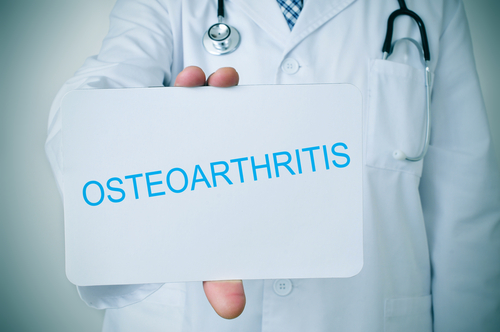
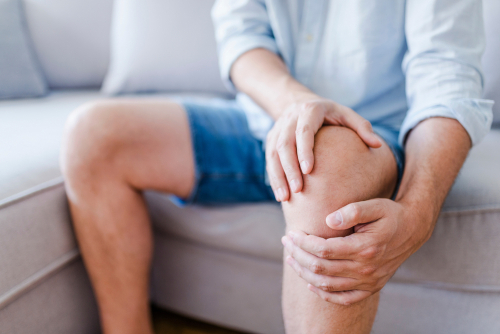
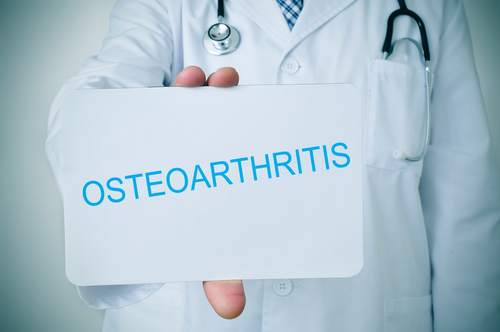
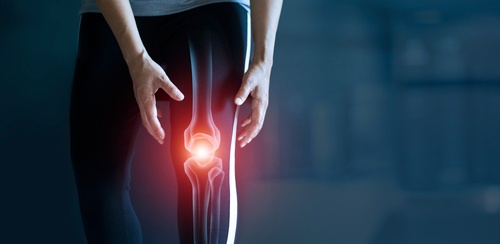

 © 2025 Mashup Media, LLC, a Formedics Property. All Rights Reserved.
© 2025 Mashup Media, LLC, a Formedics Property. All Rights Reserved.